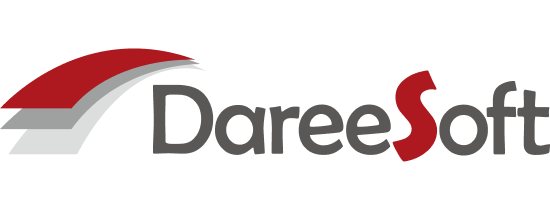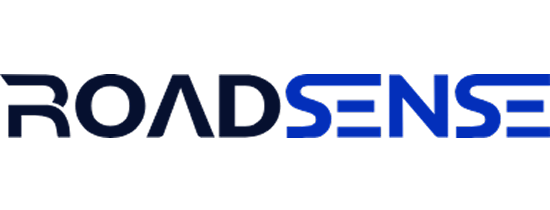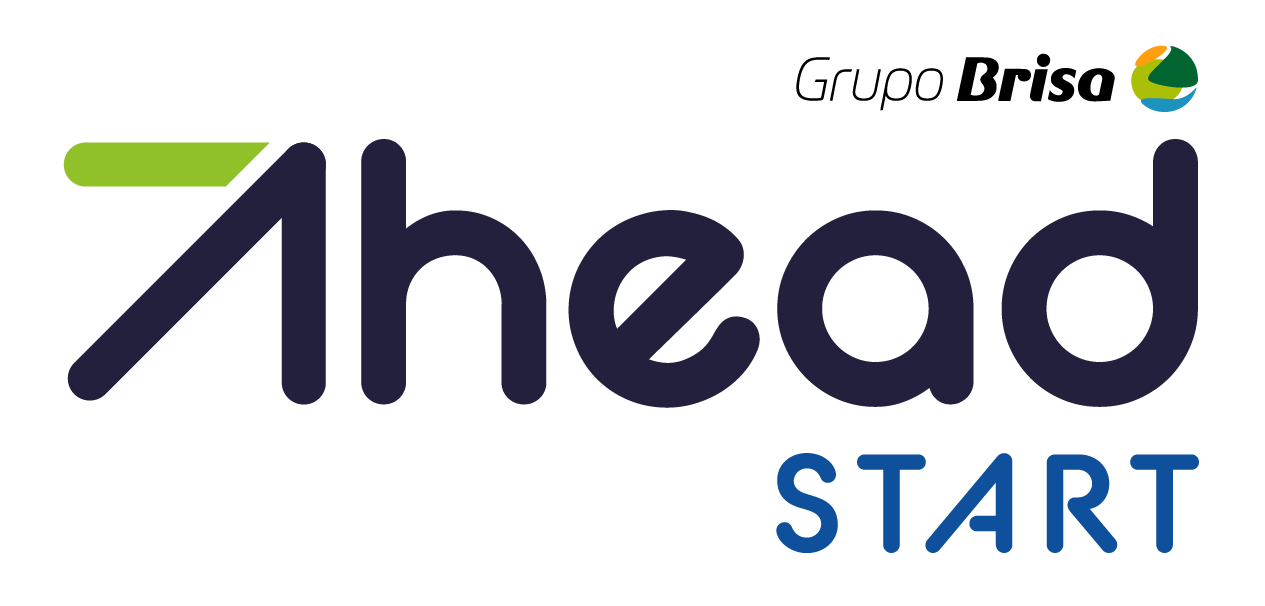
About Brisa Group
For half a century, Brisa Group has shaped Portugal’s mobility landscape, creating world-class highways and pioneering intelligent solutions. Brisa Group's purpose is to transform the quality of life of communities, connecting people through safe, sustainable and seamless mobility.
Meet the Finalists

AI-powered software for road inspection, providing images, condition assessment (cracks, potholes), measurements.

Insurtech/fleet platform using AI gamification to analyze, score, and reward safe driving, reducing accidents and costs.

AI-enabled startup with low-cost 3D ultrasound technology for accurate situational awareness in autonomous mobility and other applications.

RiaaS: AI-powered platform transforming vehicles into mobile road inspection units for real-time monitoring, boosting maintenance, safety, and hazard detection globally.

AI traffic platform for incident detection, congestion prevention, and safety. Integrates with existing systems for real-time analysis.

RoadMaster VR provides VR training solutions for truck drivers, integrating AI, 5G, and biometric feedback to enhance driving skills, safety, and reduce training costs.

RoadSense employs IoT and AI to enhance road operations' privacy, safety, and efficiency through radar-based sensors and advanced analytics, supporting smart city development.

Sentiance uses AI to analyze mobile sensor data for driver motion insights, helping mobility partners improve road safety, reduce accidents, and enhance driver engagement.

Uktena's B2B SaaS platform digitizes, scales, and preserves operational knowledge to improve worker well-being, safety, and training, especially in high-risk environments.

ViaSight uses AI to enhance road safety and mobility with lane and work zone monitoring, helping agencies and firms build safer infrastructure and prepare for autonomous vehicles.
Challenge Areas
Road Safety for Workers
Worker Safety in Work Zones
Highway maintenance workers face serious risks due to speeding drivers, road invasions, and the need to cross active motorways. Work zones often lack adequate protective barriers, making workers vulnerable to high-speed traffic. Enhancing safety requires a mix of better visibility, automated alerts, and innovative barriers to prevent vehicle intrusion. Additionally, improving work zone layouts and using automated or remote-controlled equipment can reduce direct worker exposure to danger.
Efficiency & Process Improvement
Highway maintenance operations require significant time and labor, often involving physically demanding and repetitive tasks. Inefficient processes, such as manual inspections, heavy safety guard removal, and frequent landscaping upkeep, slow down operations and increase worker fatigue. By integrating automation, robotics, and AI-driven monitoring, maintenance teams can improve efficiency, reduce risk, and optimize resource allocation. Predictive maintenance systems can also help identify issues before they become critical, minimizing disruptions and costs.
Worker Well-being and Training
Highway maintenance workers often face fatigue, high-risk environments, and lack of interactive training, which can impact both safety and performance. Long hours in hazardous conditions require advanced safety solutions, such as smart alert systems, wearable technology, and AI-powered early warning systems to enhance situational awareness and prevent accidents. Additionally, modernized training programs using simulators, gamification, and digital tools can better prepare workers for real-world challenges, improving both engagement and skill retention.
Road Safety for Clients
Smooth and Safe Travel Experience
Highway users face inefficient road connections, unexpected obstacles, and limited emergency guidance, all of which impact safety and travel efficiency. Frequent entry and exit points, along with objects on the highway, create unpredictable driving conditions. Additionally, emergencies, such as fires or breakdowns, require clearer instructions and faster response mechanisms. Improving two-way communication between drivers and highway operators can enhance real-time incident reporting and ensure safer road conditions.
Information and Communication to Clients
Highway users often struggle with delayed or unclear information during accidents, road closures, or traffic jams. Current communication methods, such as triangles for accidents, are outdated and may not be effective in all situations. Real-time updates on traffic conditions, queue management, and regulatory changes (e.g., V16 alert system) are crucial for improving driver safety and reducing congestion. Enhancing communication with drivers through automated notifications and advanced alert systems will ensure a safer, more informed driving experience.
Enforcement & Driver Education
Ensuring safe driving behaviors on highways requires better enforcement of speed limits, distraction management, and education on road safety. Current measures may not be sufficient to prevent issues like over-speeding, mobile phone use while driving, or improper lane changes. Enhancing driver education through targeted campaigns, in-car notifications, and AI-based monitoring systems can improve compliance with safety regulations. Additionally, real-time enforcement technologies, such as speed cameras or facial recognition for fatigue detection, can help reduce accidents and promote safer driving practices.
Program Benefits
Pilot and Business Development opportunities
You will be connected to Brisa's business units as part of the challenge to explore potential business development opportunities and boost your growth.
Access to ecosystem events
We’ll connect you to the industry’s top events in order to showcase your solution and create meaningful connections with valuable stakeholders.
Access to an International Network of Opportunities
You'll have the opportunity to connect with regional and global VCs and investors throughout the program, and we will introduce you to potential partners and investors through Plug and Play events .
Potential Partnership Opportunities
You'll have the chance to meet with Brisa's Open Innovation team and the relevant internal stakeholders.
Demo Day
Final day to celebrate your progress and achievements throughout the whole program with mentors, directors, and attendees from the innovation, road safety, and infrastructure areas.
Demo Day
Pitch Day will take place at Brisa’s head offices where you will have the chance to pitch your startups’ solution to the selected committee and potentially forge a game-changing synergy.
© 2025 Ahead Start by Grupo Brisa - All rights reserved

